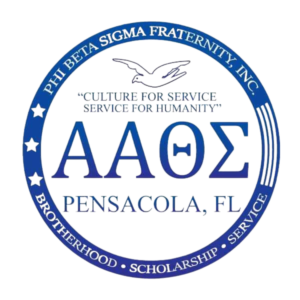Zeta Phi Beta Sorority
By February 1920, Phi Beta Sigma had expanded to Ten active chapters; including the Eta Chapter at The Agricultural and Technical College of North Carolina (now North Carolina A&T State University). As a result of the December 1919 Conclave, Phi Beta Sigma’s first conclave after the war, fraternity founder A Langston Taylor was given approval from the General Board to assist in the organization of what was to become the sister sorority to Phi Beta Sigma.
The creation of Zeta Phi Beta Sorority

In the spring of 1919, Sigma Brother, Charles Robert Samuel Taylor shared with Arizona Cleaver his idea for a sister organization to the fraternity. Cleaver then presented this idea to fourteen other Howard Women; and with the help of Charles Taylor and Sigma Founder A. Langston Taylor, work began to establish the new sorority.With permission from the Howard University administration, Zeta Phi Beta Sorority held its first official meeting on January 16, 1920. The founders and charter members of the Sorority consisted of Arizona Cleaver (Stemons), Viola Tyler (Goings), Myrtle Tyler (Faithful), Pearl Anna Neal, and Fannie Pettie (Watts). The five founders chose the name Zeta Phi Beta. The similar names of both Sigma and Zeta are intentional in nature as the ladies adopted the Greek letters ‘Phi’ and ‘Beta’ to “seal and signify the relationship between the two organizations”.
The newly established Zeta Phi Beta Sorority was given a formal introduction at the Whitelaw Hotel by their Sigma Counterparts, Charles R. and A. Langston Taylor. The two Sigma Brothers had been a source of advice and encouragement during the establishment, and throughout the early days. of Zeta Phi Beta. As National Executive Secretary of Phi Beta Sigma, Charles Taylor wrote to all Sigma Chapters requesting they establish Zeta chapters at their respective institutions. With the efforts of Taylor, Zeta added several chapters in areas as far west as Kansas City State College; as far south as Morris Brown College in Atlanta, Georgia; and as far north as New York City.

